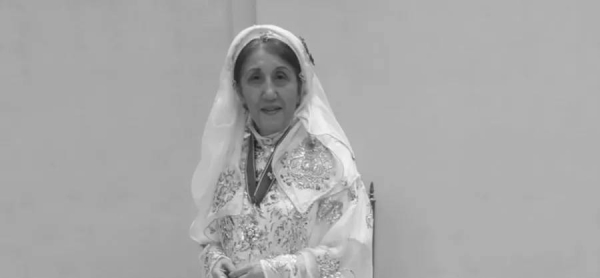The Saudi art world recently mourned the loss of Safeya Binzagr, a revered artist known as the “Mona Lisa of Hijaz,” who passed away. Born in 1940 in Jeddah’s Harat Al-Sham, Binzagr’s upbringing was deeply rooted in the customs and traditions of her hometown. Despite moving to Egypt in 1947, she held onto the memories of Jeddah’s narrow alleys and traditional way of life. Returning to Jeddah in 1963, she witnessed the city’s transformation due to modernization but remained dedicated to preserving its heritage through her art, capturing the essence of Old Jeddah and its people.
Binzagr’s artistic journey began in Cairo, where she completed her secondary education in 1957, followed by studies in London. She became a pioneer in Saudi Arabian fine arts, holding her first exhibition in 1968 and gaining international recognition for her genuine Impressionist art reflecting Saudi Arabia’s social life and cultural heritage. In 1995, she opened her private gallery, Darat Safeya Binzagr, which became a hub for artistic and cultural activities. Her significant contributions to the art world were acknowledged with various awards, including the King Abdulaziz Medal of Arts.
Tributes from across social media have poured in for Binzagr, with fellow artists and art historians acknowledging her as an iconic figure in the art world. Artist Lulwa Alhamoud praised her as an “icon and towering figure,” while art historian Dr. Eman Aljubrain emphasized the importance of remembering Binzagr’s legacy. Dr. Aljubrain highlighted Binzagr’s final wish to see her last project, a book titled Darza, come to fruition. Her legacy is intricately linked to Jeddah’s neighborhoods and traditional women’s attire, with her renowned painting Al-Zubun remaining iconic.
Binzagr’s influence on Saudi art is undeniable, with Dr. Aljubrain referring to her as the “spiritual mother of Saudi art.” She paved the way for future artists such as Mohamed Al-Salim and Abdul Halim Radwi, showcasing the value of Saudi talent without needing comparison to foreign figures. Binzagr was also the first woman to receive the prestigious King Abdulaziz Medal of Arts, highlighting her remarkable contributions to the art scene. Her paintings, characterized by meticulous detail, transport viewers to a bygone era, capturing the vibrant life of old Jeddah through her masterful brushstrokes.
In conclusion, Safeya Binzagr’s legacy as a pioneering artist in Saudi Arabia is a testament to her dedication to preserving the heritage and culture of her homeland through her art. Her influence on the Saudi art scene is profound, with her works celebrated for their genuine Impressionism and portrayal of Saudi society and traditions. Through her private gallery and various exhibitions, Binzagr established herself as a prominent figure in the art world, earning accolades and honors for her contributions. Her passing marks the end of an era, but her lasting impact on Saudi art and culture will continue to inspire future generations of artists.










